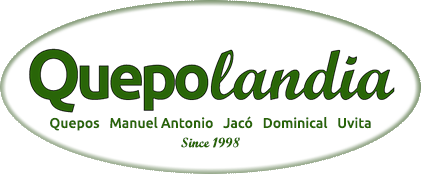The 7 Secrets of Successful Language Learning
By Os ¡Feliz Navidad! ¿How are you guys? ¿How are you preparing yourselves for the holidays? This month I want to share with you ”The 7 Secrets of Successful Language Learning”. I cannot take credit for these seven advice, I saw a video from each one in the YouTube channel
Read More